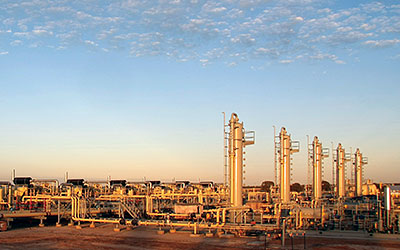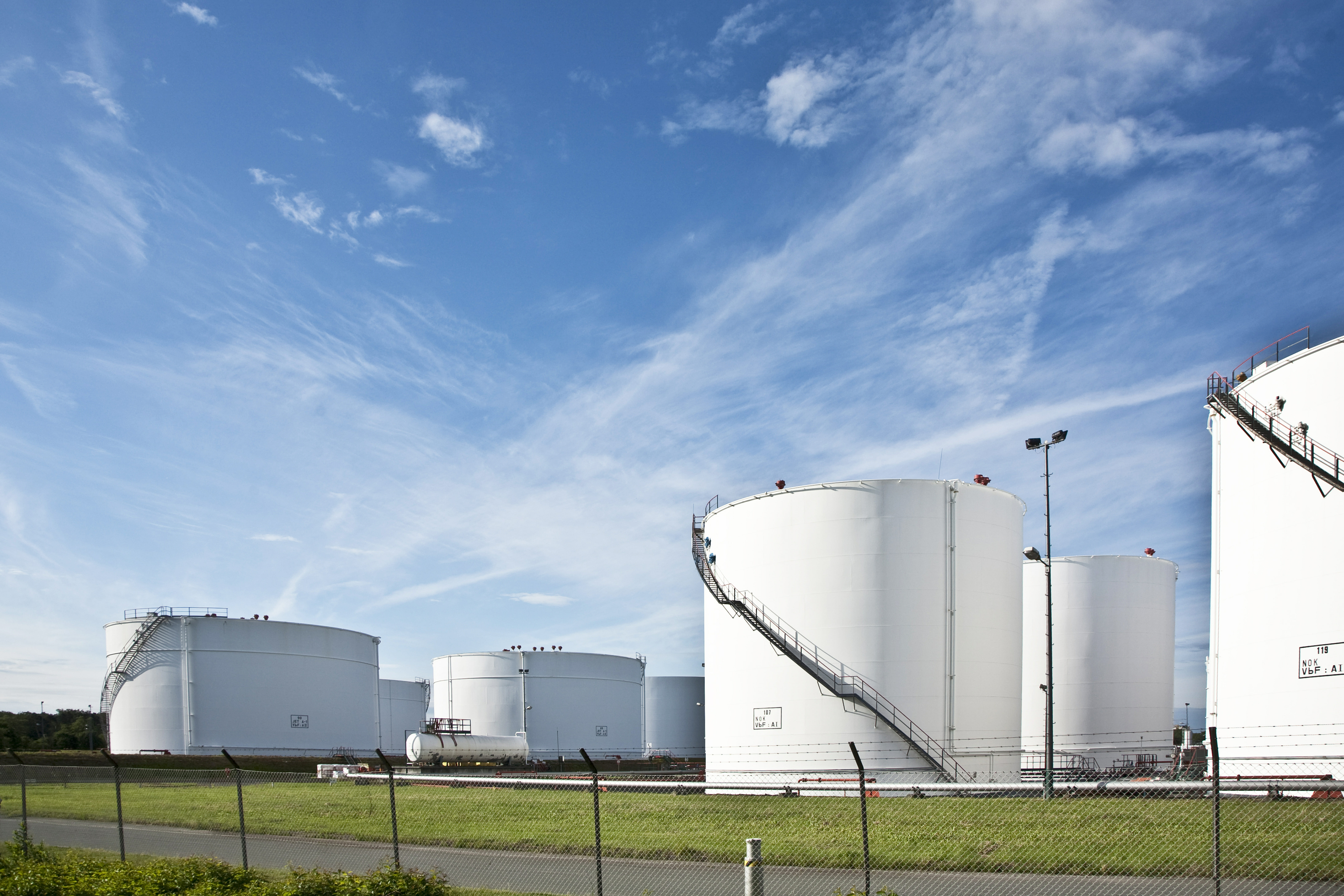Case History
Hazardous waste was reduced from 10,200 bbls to under 100 bbls with 98% of sludge being recoverable hydrocarbon after a floating roof tank was chemically cleaned
Results Achieved
Over 98% of sludge
volume was salvaged as
recoverable hydrocarbon
Hazardous waste reduced
from 10,200 bbls (1,621 m3) to
less than 100 bbls (15 m3)
Chemicals Utilized
Award-winning asphaltene dispersant and anti-foulant
Rapid absorption and encapsulation of vapor-state hydrocarbons
| Project Overview | |
| Tank Size | 244 ft. (74 m) diameter |
| Tank Design | External floating roof |
| Service | Heavy Crude Oil/Sludge |
| Sludge Volume | 17,000 barrels (2,702 m3) |
| % Oil Recovered | 98.8% |
| Time Required | 99.1% <100 BBL (15 m3) |
A large Gulf Coast pipeline company in the United States had a large floating roof tank that required cleaning.
The company had been pumping debris/sludge from previously cleaned surrounding tanks, into this tank. The exact contents of the tank were unknown, but were expected to contain paraffin, asphalt, and production sand. Approximately 10,000 bbls (1,589 m3) of sludge was expected.
The sludge removal was done by using roof-mounted circulation tools that carried a proprietary chemical package (FQE® Solvent-H) and cutter stock to facilitate the dissolution of the recoverable solids and oil. Over 98% of the sludge volume was salvaged as recoverable hydrocarbon. The tank was washed and degassed using FQE LEL-Vapor leaving the tank clean and vapor free. The insoluble bottoms were processed as non-hazardous solids for landfill application. The volume of hazardous waste was reduced from a projected 10,200 bbls (1,621 m3) to less than 100 bbls (15 m3) of non-hazardous waste.


